Having the Ability to Read and Interpret a Variety of Visual Texts Is Known as _____.

VISUAL LITERACY IS KING OF THE INFORMATION ERA
For many people, mention the word 'literacy' and an image of a library filled with dusty books is conjured up. This is not surprising given the importance the written word has played in all our lives, peculiarly those of the states who are too old to exist considered 'digital natives'.
Despite the primacy of the written discussion in our schools, it is not the simply means of widely sharing our thoughts and ideas. In this age of the internet especially, we are constantly bombarded with images – both static and moving. Information technology is more than essential than ever that our students develop the necessary visual literacy skills to navigate this epitome-intense world we all inhabit.
Screens of all shapes and sizes dominate our attention span, YouTube, and various social media platforms have replaced the book equally the primary source of entertainment in the blink of an middle, and this is unlikely to change.
In this article, we volition look at some approaches to assistance you come up with activities to use visual texts and teach visual literacy in the classroom. Nosotros volition as well propose some fun and meaningful activities you lot can apply with your students today.
Firstly, nonetheless, we need to get to grips with exactly what we mean when we use the term 'visual literacy'. As a general working definition, we tin think of the term equally referring to interpreting and creating visual images. As with other types of literacy, visual literacy is about advice and interaction and while information technology has much in common with those other forms of literacy, information technology has some unique aspects of its own that students will need to explore specifically.
A COMPLETE Unit of measurement ON VISUAL LITERACY

⭐ MakeMOVIES A MEANINGFUL PART OF YOUR CURRICULUM with this engaging collection of tasks and tools your students will love. ⭐ All the hard work is done for you withNO Preparation REQUIRED.
This collection of21 Contained TASKS andGRAPHIC ORGANIZERS take students beyond the hype, special effects and trailers to wait at visual literacy from a number of perspectives offering DEEP LEARNING OPPORTUNITIESwatching aSeries, DOCUMENTARY, FILM,fifty-fifty VIDEO GAMES.
WHAT IS A VISUAL TEXT?
The basic definition of visual literacy is the ability to read, write and create visual images. Both static and moving. It is a concept that relates to art and blueprint just it as well has much wider applications. Visual literacy is about language, communication and interaction. Visual media is a linguistic tool with which we communicate, exchange ideas and navigate our highly visual digital world.
The term was first coined in 1969 past John Debes, who was the founder of the International Visual Literacy Association:
Why is Visual Literacy Important?
Much of the information that comes to our students is a combination of both written text and images. It is essential that our students are fully equipped to procedure that information in all its forms.
Because how visually orientated we are as humans, it is no surprise that images have such a powerful impact on united states. Enquiry shows that there is a wide range of benefits derived from improved visual literacy including:
Visual Information is More than Memorable
One of the most constructive ways to encourage data to brand that important jump from the limited short-term memory to the more than powerful long-term memory is to pair text with images. Studies show that we retain approximately x-xx% of written or spoken information, but around 65% of the information when it is presented visually.
Visual Data is Transferred Faster
Data presented visually is processed extremely chop-chop by the encephalon. The brain is even being able to come across images that appear for a mere 13 milliseconds. Around xc% of the information transmitted to the encephalon is visual in nature.
Helps Students Communicate with the Earth Around Them
Traditionally, we recall of teaching literacy as the 2 manner street of reading and writing. Nosotros can think of visual literacy as involving the similar processes of interpreting images and creating images. In a fast-moving world, with an ever-increasing diagnosis of attention deficit disorders, we increasingly rely on images to quickly convey pregnant.
Enriches Agreement
While images tin exist used in isolation, they often accompany text or sound. Images tin can greatly enrich the students' understanding of a text or other media, merely to exist able to collaborate with these deeper levels of meaning, students must possess the necessary skills to access those depths.
Increases Enjoyment
Not only does increased visual literacy enrich the agreement of our students of the media they swallow, but it can likewise enrich their enjoyment also – especially of visual art. If you have taken younger students to an art gallery yous may have heard protests of 'This is boring!'
However, when students have a deeper understanding of the 'meaning' behind the fine art pieces, or are familiar with the context around the art, insights into the lives of the artists, or experienced with some of the techniques that produced the pieces, students ofttimes derive greater pleasure from their visit.
The same is true of their engagement in terms of visual literacy. As informed readers of images in a range of modalities, students are opened up to an exciting dimension of shape, color and texture and more.
Creates More Educated Image Readers
In an era of faux news and ceaseless advertising, a responsible approach to the duty of educating our students must involve encouraging them to become informed viewers of the globe around them, including the media they appoint with. Through the didactics of visual literacy we can help students understand the different ways the images they consume can be used to manipulate their emotions and persuade them to act in a given way.
Supports EAL Learners
The use of images in the classroom can exist of peachy do good to students who come up from non-English-speaking backgrounds. As these students travel on their road to fluency in English, images can provide an effective bridge in that learning procedure. While the utilize of images in the forms of flashcards, writing frames etc for the purposes of teaching EAL learners may be obvious, the creation of images past the students themselves can likewise be a great way to assess their understanding of more abstract concepts and vocabulary.
What Forms of Visual Text Are Used in the Classroom?
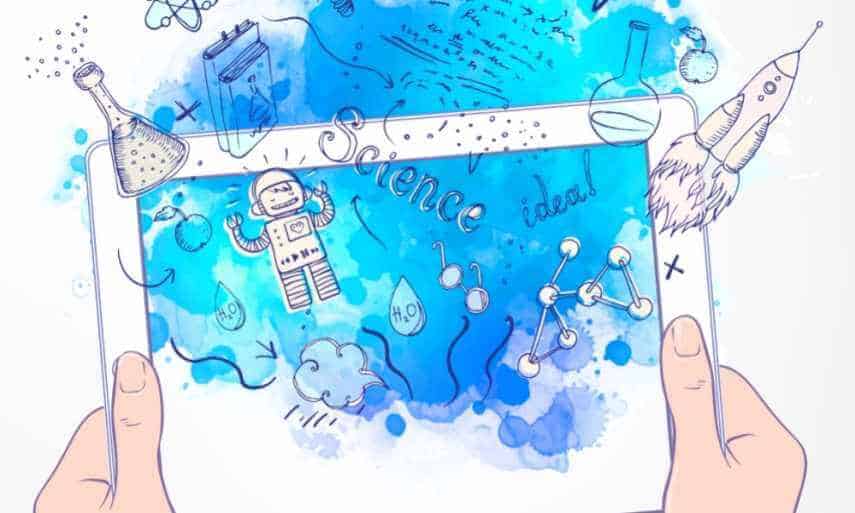
Students are exposed to a vast assortment of visual media. When nosotros hear the jazzy term 'visual text' we may immediately call back of its expression in the digital age, only the roots of visual texts stretch deep into our history; all the manner dorsum to our beginnings. Retrieve of the cave paintings in Lascaux!
Even so, today at that place are so many more forms of visual text to consider. From cavern walls to computer screens and all points in between, students are exposed to billboards, photographs, Idiot box, video, maps, memes, digital stories, video games, timelines, signs, political cartoons, posters, flyers, newspapers, magazines, Facebook, Instagram, movies, DVDs, and cell phones wallpaper – to proper name only twenty! All these can serve equally the jumping-off point for a lesson on visual literacy.
The digital age has opened the floodgate on images spilling into our consciousness and unconsciousness alike. The implications for visual literacy stretches far beyond the limits of the English classroom into all areas of our lives. From the math student interpreting graphs to the music student following musical notation, or the geography educatee poring over Google Earth. For a multitude of purposes, in an array of modalities, visual literacy is always more than of import.
Visual Literacy Clues: What Are They and How Do Nosotros Read Them?
"Visual Literacy is the ability to construct meaning from images. It's not a skill. Information technology uses skills equally a toolbox. It'south a class of critical thinking that enhances your intellectual capacity."
Brian Kennedy
Director, Toledo Museum of Art
If visual literacy is about decoding significant from images of various kinds, we need to teach our students how to fix near this intimidating task – only equally nosotros do when nosotros teach them how to approach a written text. Regardless of the nature of the prototype, this process follows three general steps:
1. What Can You lot Encounter?
To respond this, students must become familiar with Visual Literacy Clues (VLCs). When students are familiar with these clues they will take a method of approaching whatsoever image with a view to decoding its meaning. The VLCs are: field of study thing, colors, angles, symbols vectors, lighting, gaze, gestures, and shapes. These categories provide an arroyo to examine the details of the various aspects of the prototype they are reading.
2. How Does It Make You Feel?
Later on the students have had time to note what they tin see in the image through exam of the VLCs, it is at present time for them to consider their emotional response to what they accept viewed.
With shut reference to the VLCs they accept previously identified, students express how the image makes them feel and how it has influenced them to feel this way. They may feel acrimony, anguish, excitement, happy etc. In that location is no limit to the emotions they may refer to, provided they tin can indicate to evidence from the image. Here are some suggested questions to help the students explore their responses:
Subject Matter: What is the topic of the movie? Who and what are in the paradigm? What is the image about?
Color: How is color used in the epitome? What upshot do the colors chosen have on the viewer?
Angles: Are we looking from to a higher place or below? What is the photographic camera angle? How does this affect what we see and how we experience about it?
Symbols: What symbols are used in this paradigm? What do you call up they represent? Are the colors that were chosen symbolic?
Vectors: Can you see the major lines in the image? Are they cleaved or unbroken? How exercise the lines create reading paths for our eyes?
Lighting: Can you depict the lighting used in the movie. How does it affect the 'mood' of the film?
Gaze: What type of expect is the character giving? Where is their gaze directed? What does this say?
Gesture: What blazon of gestures is the character giving? What is communicated by these gestures?
Shapes: What geometric shapes tin can you recognize in the image? Exercise they repeat? Is there a pattern? Is order or chaos conveyed?
iii. What Is The Image Trying To Tell Us?
This 3rd aspect peels back some other level of meaning to get to the overall message underlying the image. This question asks the students to delve into the intentions of the epitome-maker themselves. The genre of the paradigm will be of significance here too, as the student considers the nature of the image every bit fine art, amusement, advertisement or a fusion of the various genres.
Consummate YEAR LONG INFERENCE WRITING Resource

Tap into the ability of imagery in your classroom to get your students to master INFERENCE every bit AUTHORS and CRITICAL THINKERS.
This Twelvemonth LONG 500+ Page unit is packed with powerful opportunities for your students to develop the critical skill of inference through fun imagery and powerful thinking tools and graphic organizers.
Activities for the Teaching of Visual Literacy in the Classroom
1. Caption a Photograph

Photographs are one of the most familiar forms of visual media for our students. Frequently photographs they meet will be accompanied by captions.
In this exercise, give out copies of a unmarried photograph to the form without captions. Their task hither is to closely examine the photograph, either individually or in small groups, before writing a caption to accompany the photograph. When students have completed their captions they can compare their captions with each other before you reveal the true nature of the photograph.
Prior to writing their caption, you may wish to provide some supporting questions or background data. You may, however, wish them to go in blind to whatsoever groundwork other than what they can deduce from the photograph itself.
The purpose of this activeness is to reveal to the students how open to interpretation a single visual prototype tin exist. The students will proceeds sensation of the power of a caption to frame an image's pregnant, even if the caption is non accurate.
Some suggested questions for students to consider:
- What people, objects, or activities can you see in the pic?
- Are there any clues to when it was taken? What was happening at this time in history?
- Are there any clues to where it was taken? Are there whatsoever clues to why it was taken or who took it?
- Is it a posed photograph? A natural scene? A documentary photograph? A selfie?
Extension: Yous may wish to use this action as a lead-in to a bigger topic, as it can make for a great introduction to depict out the students' groundwork knowledge and pb into a larger discussion or research project. This activity tin can likewise be easily adapted for a wide range of different types of images, for example, advertisements.
ii. Engage with a Video Game
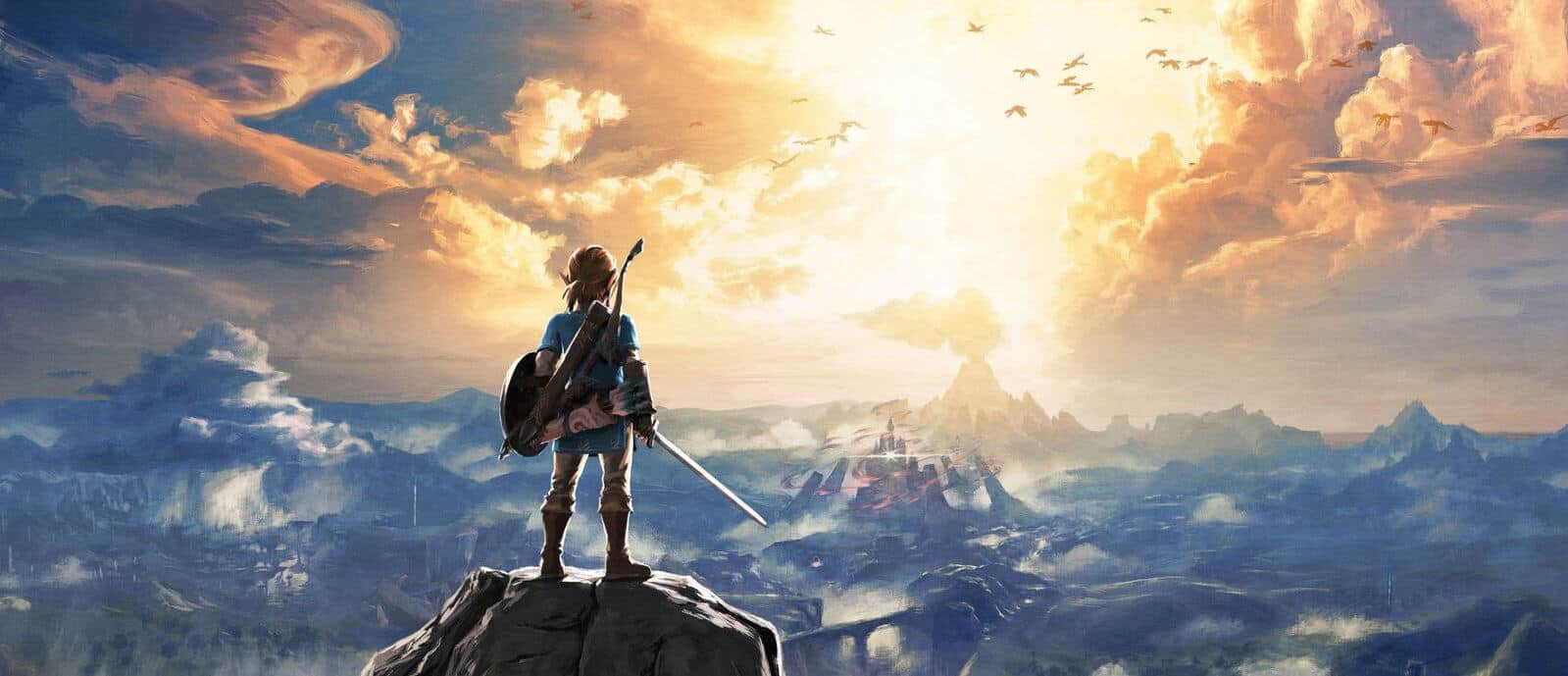
There is no doubt of two things when information technology comes to video games:
one. They get a bad rap
two. They are extremely popular among younger people
And while in that location is no uncertainty that there are some games on the marketplace of dubious worth, as with whatever art form, there is much of merit and potential in this relatively new medium.
While there are obvious links that tin be made with storytelling activities by examining the narrative of many video games, it may be much more interesting, and useful, to expect more than closely at how video games 'work' in terms of the overall experience.
Video games are immersive, multi-sensory experiences for players. This is a large role of their appeal. While written texts can appeal largely to our imaginative faculties, video games can as well appeal to our senses of sight and hearing – and now, even bear on can be incorporated. To have students focus on visual aspects of their gaming experience, give them a worksheet to brand notes on that experience using the VLC categories listed above. This can make for a smashing group word activity equally the movie or game plays with the audio off.
3. Multi-Modal Comparisons
Nosotros are long familiar with the concept of movie tie-ins. In days gone by the response to the question "Have you read 10?" was often a "No, but I saw the movie." Nowadays the reply is but as likely to be "No, but I have the video game." The triumvirate of the book – picture show – game tie-in is fertile basis for some interesting text comparison work in the classroom.
Popular necktie-in triplets include Harry Potter and the seminal Lord of the Rings. Bring your students' powers of visual perception to this multimedia experience by selecting scenes from the original book and making a comparing with how the scene is handled in the pic or video game.
Keep the focus on the visual elements in the latter 2 media. Encourage students to hash out, write, or fix a presentation on how the film or video game translates non-visual elements from the text version into visual elements. Once again, reference to the VLCs equally discussed above will exist an important chemical element in this activity.
four. The Timeline
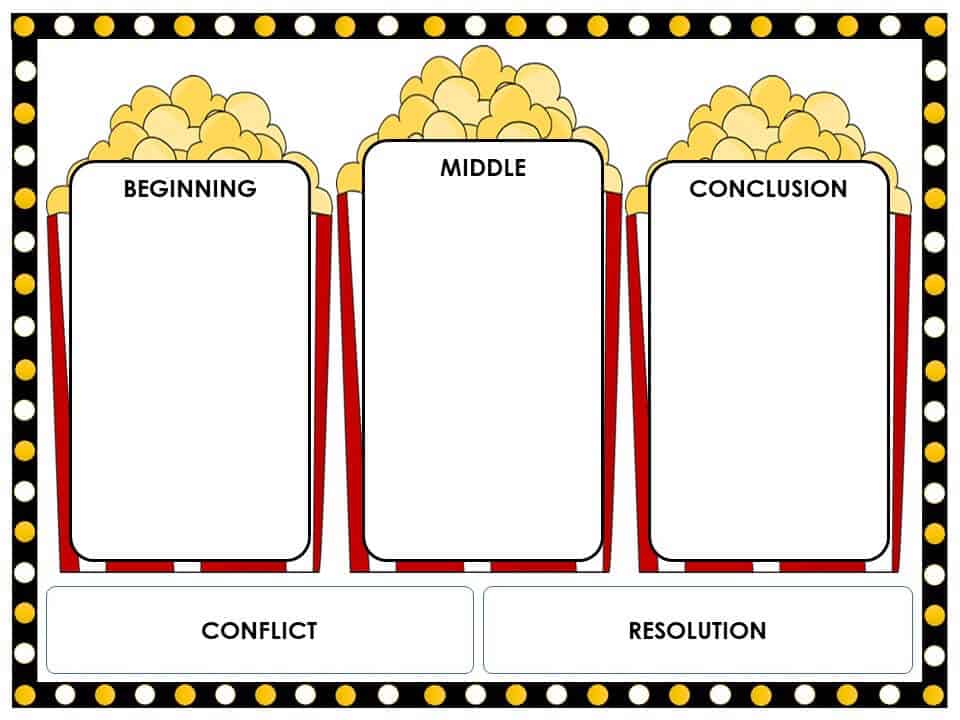
While the activities looked at so far have been about honing the students' comprehension skills in relation to visual texts, this activity allows students an opportunity to utilise that knowledge to the cosmos of visual texts themselves.
Encourage the students to plot significant milestones in the form of their life on a visual timeline. They may use a combination of images and text if this is more in line with your learning objectives and students' abilities. However, do ensure you remind students of how they can comprise the VLCs into how they convey significant in their images.
This tin also be a useful activeness to incorporate diverse aspects of IT skills. Students can perform advanced Google image searches to locate copyright-free images or use websites like The Substantive Project to locate Artistic Eatables icons to help them make a slideshow version of their timeline on Powerpoint. In that location are a wealth of software applications that can help, many freely bachelor online.


Draw a Line Under Information technology
In this commodity we have touched the mere tip of that proverbial iceberg. The telescopic for using visual texts in the classroom is potentially limited only by our ain imagination. While we take looked at several concrete examples of visual literacy-based activities in the examples above, the opportunity for building lessons around the myriad forms of visual texts is endless.
Whether utilising advertisements, internet memes, or classic works of art every bit the focus, first with the three wide questions outlined previously: What can you meet? How does it brand yous feel? What is the image trying to tell united states of america? These questions provide the basis for developing your learning objectives and your activities tin hands be congenital effectually them.
The Visual Literacy Clues provide the strategies with which the students tin can read any visual texts whether in the grade of moving or still images. The more practice students get using these strategies the more than fluent their reading will become. And while for some students these skills may have fourth dimension to develop, remind them besides that just every bit nosotros tin refer to images as visual texts, nosotros tin can as refer to written text every bit images themselves equally the letters on the folio are themselves symbolic in nature.
If they can learn to read the complexities of the written language they can be confident they will exist able to learn to read the visual globe also.
Other great articles related to visual literacy
Content for this page has been written by Shane Mac Donnchaidh. A former primary of an international school and university English language lecturer with 15 years of educational activity and administration experience. Shane'south latest Book the Complete Guide to Nonfiction Writing can exist plant here. Editing and support for this article have been provided past the literacyideas team.
Source: https://literacyideas.com/teaching-visual-texts-in-the-classroom/


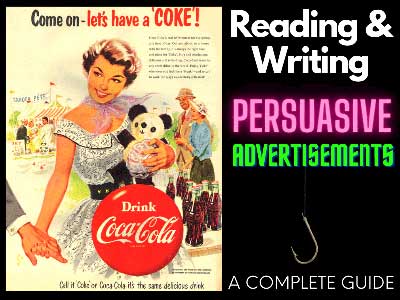
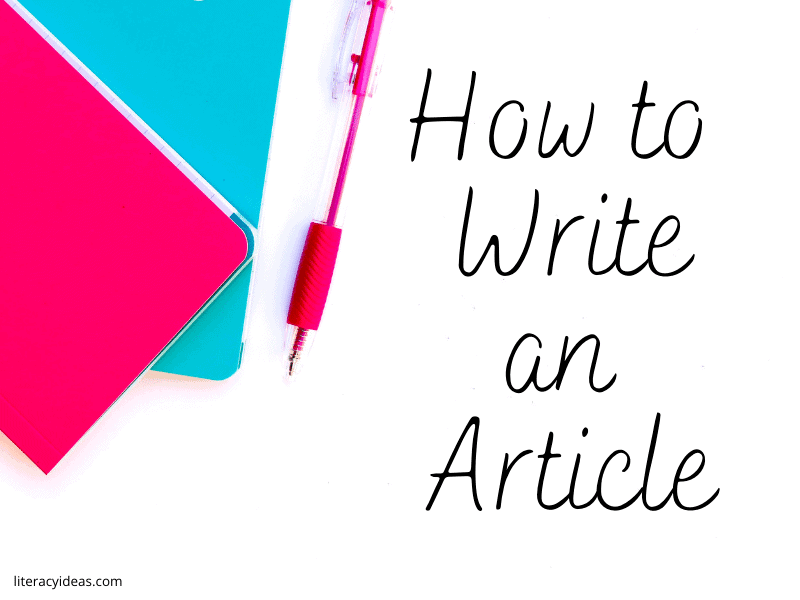


0 Response to "Having the Ability to Read and Interpret a Variety of Visual Texts Is Known as _____."
Post a Comment